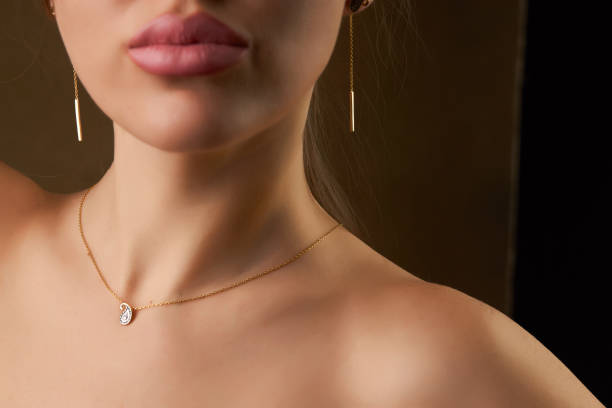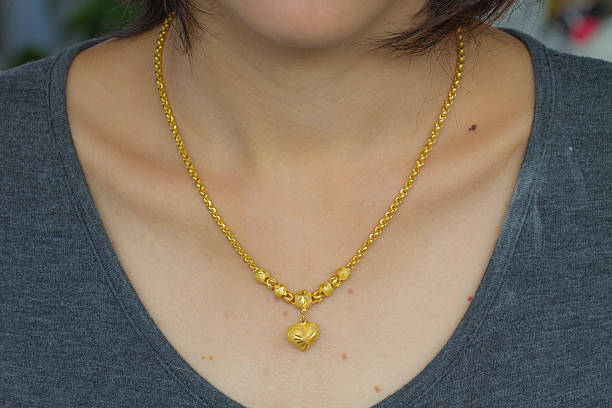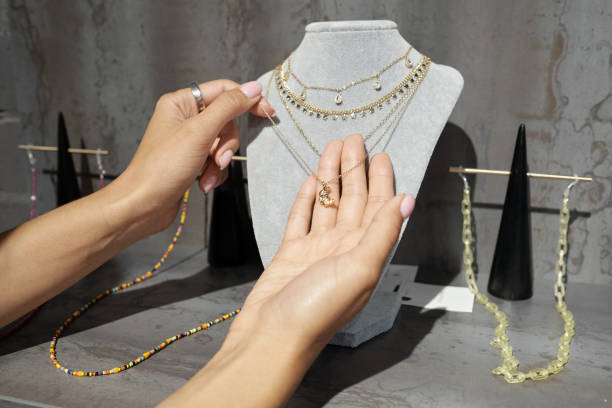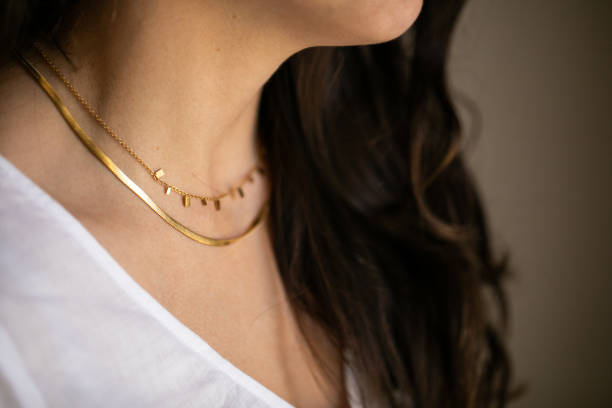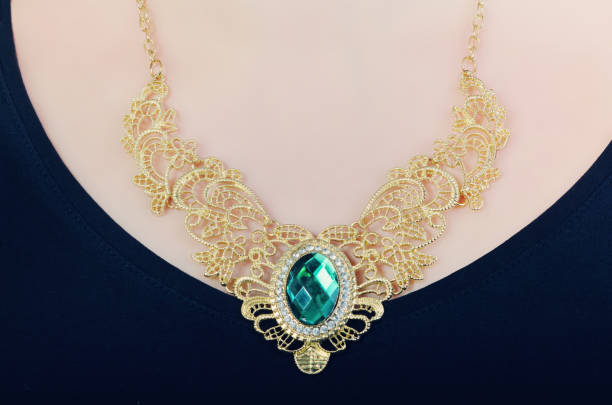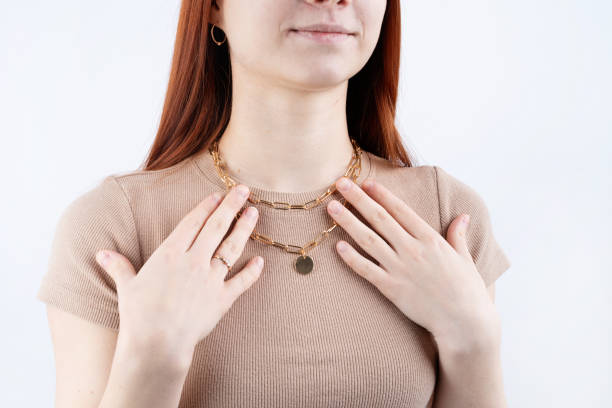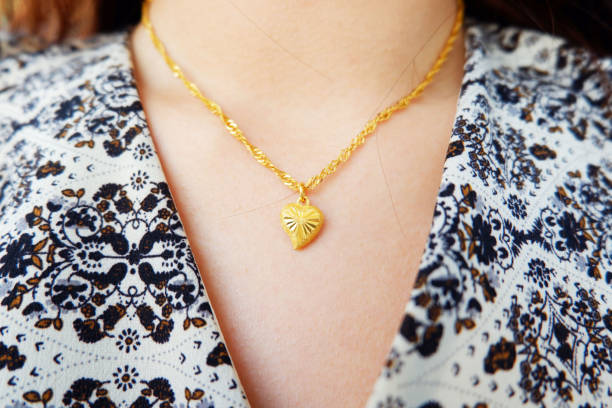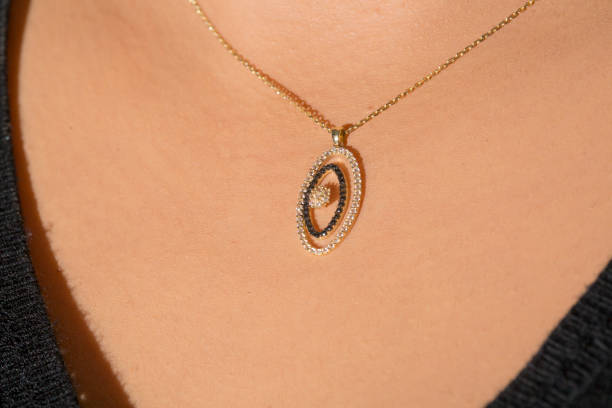Manufacturing technique of 18k gold jewelry and toolings
Women’s 18K necklaces are real masterpieces of art, taking up the best from tradition and innovation in just the right mix-perhaps alchemy itself, turning crude gold into an ornament to wear. How does all that magic come to take place within that traditional craftsmanship?
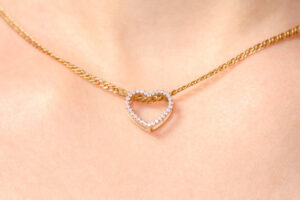
What instantly clicks in the mind of every jeweler regarding gold is its purity. The pure 24k gold is too soft to be worn daily. Now, bring on the stars of our show: 18k gold, constituted of 75% gold combined with other metals, like copper or silver. This keeps the gold strong but still wonderfully gold. The alchemists, more correctly known as jewelers, go on with the perfect balancing act with these metals.
Wax Modeling
A carved block of wax or a blueprint of one’s dream necklace-minute details in jewelry, carving each drop, each twist of the wax. It is just a verbal model, so to say, a drawing before the real sculpture would start, which is called mere modeling by the sculptor. Indeed, it is an exacting job-every millimeter matters when imagination is tuned to tangible outlines.
Lost-Wax Casting
Setting-there it is, and now it’s time for the wax models to take center. Covered in some sort of plaster-like stuff, heat is applied, and out comes the wax, leaving a perfectly molded blueprint behind. Now, liquid gold fills this cavity. Chemistry class all over again, with glittering results! Allowed to cool down, and voilà: a gold replica of our wax masterpiece.
Hammer and shape
The hammer is the brush of the goldsmith. The ductile property of gold shows its shape through light, quick, proper hammering much as carving would do to a block of marble into a fine statue; thus, it is a rhythmic dance of metal and force.
Etching and detailing
The details of that get a little wordy.
It is at this point, often considered the finishing touches on a portrait, that engraving tools make a small, multi-faceted design that can tell a story or merely insinuate class. It is here that hearts, initials, and yes-even tiny stars-spring to life in gold.
Setting the Gems: This is like decorating the cake-sprinkles and all. The jewelers carve prongs or bezels in which each gem fits snugly. If 18k gold is the cake, then diamonds, rubies, or sapphires are the frosting. The work of gem setters is done under microscopes to make sure no stone is left unsecured in its setting.
Smoothening
The magic is in the little things herein: the pieces of gold have been buffed into a shine like a mirror with wheels, each piece so totally smoothed over that almost it could wink back at you. Indeed, there is great skill needed to buff from a rough cast into a sparkly one.
Laser welding
Laser welding? Sounds like sci-fi, right
The new gist is that the pieces get welded through the incidence of high-energy laser beams without ruining fragile designs. Conceptually, it would be like sewing with a needle, only into metals. Thus, this technique would enable modern jewelry crafting a lot quicker and also a lot more accurate. 3-D printing Hold your hats: 3D printing collides the traditional with the digital worlds. The jewellers take to creating the designs on CAD or Computer-Aided Design. Digital blueprints then come into resin or wax forms which are just ideal for casting. Work Benches: Custom Unsung heroes, these stools adapted and fitted with the files, pliers, and soldering irons act like the jewelry benches, or rather nerve center, as the making is done. Everything lies at arm’s reach, waiting to be summoned on for whatever duty.
Temperature and Humidity Control
Jewelry artisans very often should be the weather wizards that control their surroundings for the stability of metal. Humidity and temperature can mess with metal; therefore, control is required in order to do exact work.
Included in the tradition of the craftsman in handicrafts are 18k gold necklaces.
Ever donned a necklace-an 18K gold woman’s necklace-and wondered whose hands it passed through, putting it into being? These glittering beauties just don’t fall from the blue; it is rather an orchestra of craftsmanship which puts every one of them together. Indeed, each necklace speaks volumes about mastery and dedication by artisans in putting their souls into even the minutest of the details. Let’s take the example of Sarah, a skilled goldsmith.
Of course, it was not a night’s happening-beautiful merge of metal and beauty; surely several years of burning the midnight oil, mistakes, learning, and perfecting the craft took place.
See her now at the workbench, her toolkit afire in her eyes, holding a torch and hammering on gold, putting it into submission. Every dint, every gleam, tells of unrelenting passion. The case of Sarah epitomizes artisans who, as much as they would want their pieces to look great, tell stories. Of course, there is no cakewalk to making an 18K gold necklace. You work with raw gold, usually mixed with other metals to give strength and endurance, but here is the catch: mix too little, and you take away the luster of the gold; mix a bit too much, and it will not last.
It’s like walking on fragile scales, whereby one wrong move sends it into one loud crash of destruction. But that is not all; besides melting and molding, it includes sketching-hey, over a cup of coffee with clients at times to make sure not a single whim and fancy has been left out.
Some get choosy: they want that particular design of the dragonfly or that particular curve on the pendants. And the artisans just have to flow with them so as not to lose their translation in the vision. Next comes the setting of the stones, which is a game of precision and delicacy.
Just think of anyone holding his breath as he sets that dear diamond into its snug little hole, crossing fingers it goes just right. Make one little misstep, and you could be out with a less-than-flattering gap, or worse, a loose stone. Besides toymaking, artisans can also be called chemists in their plaything laboratories. Testing alloys to have just the right color is not for the squeamish. It’s much like baking in certain ways: one follows a recipe, but if he puts a pinch too much of this and a dash too little of that, then it’s a complete disaster. Now that reminds me of the story. Now, listen, let me tell you something about Jack. Well, now Jack wasn’t always that master craftsman; he started off an apprentice, sweeping floors, polishing scraps. What he lacked in skill, he certainly made up for with pure stubbornness.
He is now regarded to be a designer of headlined necklaces.
His secret? Patience and a bit of old-school grit. As Jack says, “Sometimes, you’ve got to let the metal speak to you.” Sounds almost mystical, doesn’t it? Gold necklaces are mainly seen as heirlooms, something passed on through generations. Of all these, none is ever about mere adornment; they carry along with them memories, love, and sometimes a little family drama. Perhaps that necklace in the window beckoning your eye once was an unsuspecting pile of flakes of gold, stroked into the glory in which it stands today.
